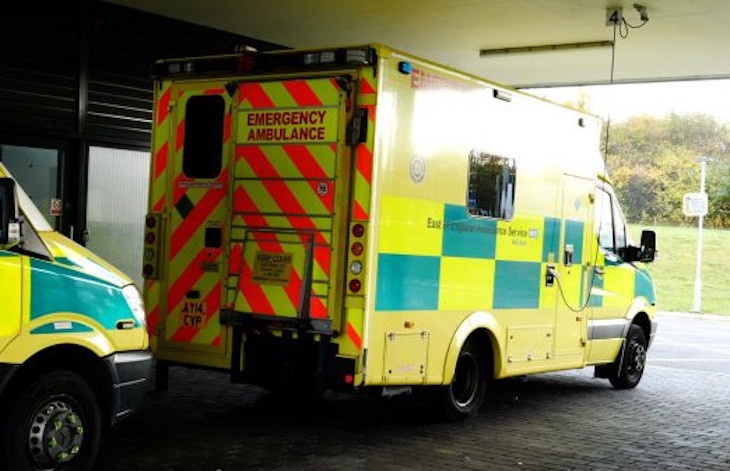
English NHS ambulance safety standards: requirements of conversion
The “National ambulance vehicle specification for English NHS ambulance trusts” explains the standards of each emergency vehicle they use. Here we will analyze the ambulance safety standards required for ambulance conversion.
The “National ambulance vehicle specification for English NHS ambulance trusts” gives the national ambulance vehicle safety standards for English NHS ambulance trusts. Everything you will read below is valid for the NHS Standard Contract for ambulance services from 2019/20.
Ambulance safety standards and general requirements for ambulance conversion: the assurance
As part of this specification, vehicles and equipment supplied must comply with UK standards BS EN 1789:2007 + A2:2014, BS EN 1865-4:2012 and the ECWVTA 2007/46/EC. This is valid for both as amended and/or replaced, with reference to the national ambulance specification SLA.2.
It is important to provide a letter of non-objection between the base vehicle manufacturer and the converter, to demonstrate compliance with the standards and ECWVTA until such time as the Worldwide Harmonised Light Vehicle Test Procedure (WLTP) supersedes this requirement.
At the time of delivery, the converter must certify that the vehicle complete with all the equipment fitted fully complies with all current vehicle legislative regulations, including the British standards and the latest CEN requirement. The latest CEN requirement is for type B emergency ambulances and the national ambulance specification SLA.
In accordance with the ambulance safety standards, the converter will be responsible for ensuring the converted vehicles are fit for purpose and to meet the requirements of all applicable standards and legislation. Trusts are responsible for day-to-day legality of operating the vehicle. This will include:
- all aspects of liaison
- warranty and support
- setting agreements
- conformity/interface matters to do with the base vehicle and equipment manufacture
Responsibility for ambulance safety standards and requirements for ambulance conversion
As said, the Trusts are responsible for day-to-day legality of operating the vehicle. Then, the converter will be responsible for assessing the vehicle build. At the earliest opportunity, the converter must identify and inform the relevant trust about all issues/problems/non-compliance that may affect the operation/use of the vehicle.
The converter for each build will supply the trusts with an assurance manual and statement confirming the vehicle is fit for purpose and complies with the stated requirements. Unless a written letter of non-objection, no base vehicle system or circuit will have tampered. All electrical systems as part of the conversion must interface with the base vehicle manufacturer’s CANbus system. The converter is responsible for obtaining this written permission.
Durability and delivery of ambulance vehicles according to ambulance safety standards in conversion
An ambulance might be used every day, anytime, and in any condition. The conversion will be designed and constructed to withstand the rigours of use as a 24/7 ambulance with a seven-year life.
In accordance with the delivery, the converter will produce a delivery plan and meet all agreed target timescales for each purchase order. Both the converter and trusts must agree on any changes to the timescales. The vehicles will be delivered by the converter to the locations designated by the trusts.
Next article will be on the second part of the requirements of ambulance conversion
FIRST ARTICLE: Ambulance safety standards by the English NHS trusts: base vehicle specifications
READ MORE
Children safety on ambulance – Emotion and rules, what is the line to keep in pediatric transport?
Trials and crash tests for ambulance safety. This video reveal what’s happening behind the scenes of road rescue
How HART team are training personnel?
INTERESTING FOR YOU
How to decontaminate and clean the ambulance properly?
Top 5 Paramedic jobs in the UK, Philippines, Saudi Arabia and Spain
Ambulance drivers in times of Coronavirus: don’t be silly
The HART Ambulance, an operative evolution for hazardous scenarios
SOURCE


